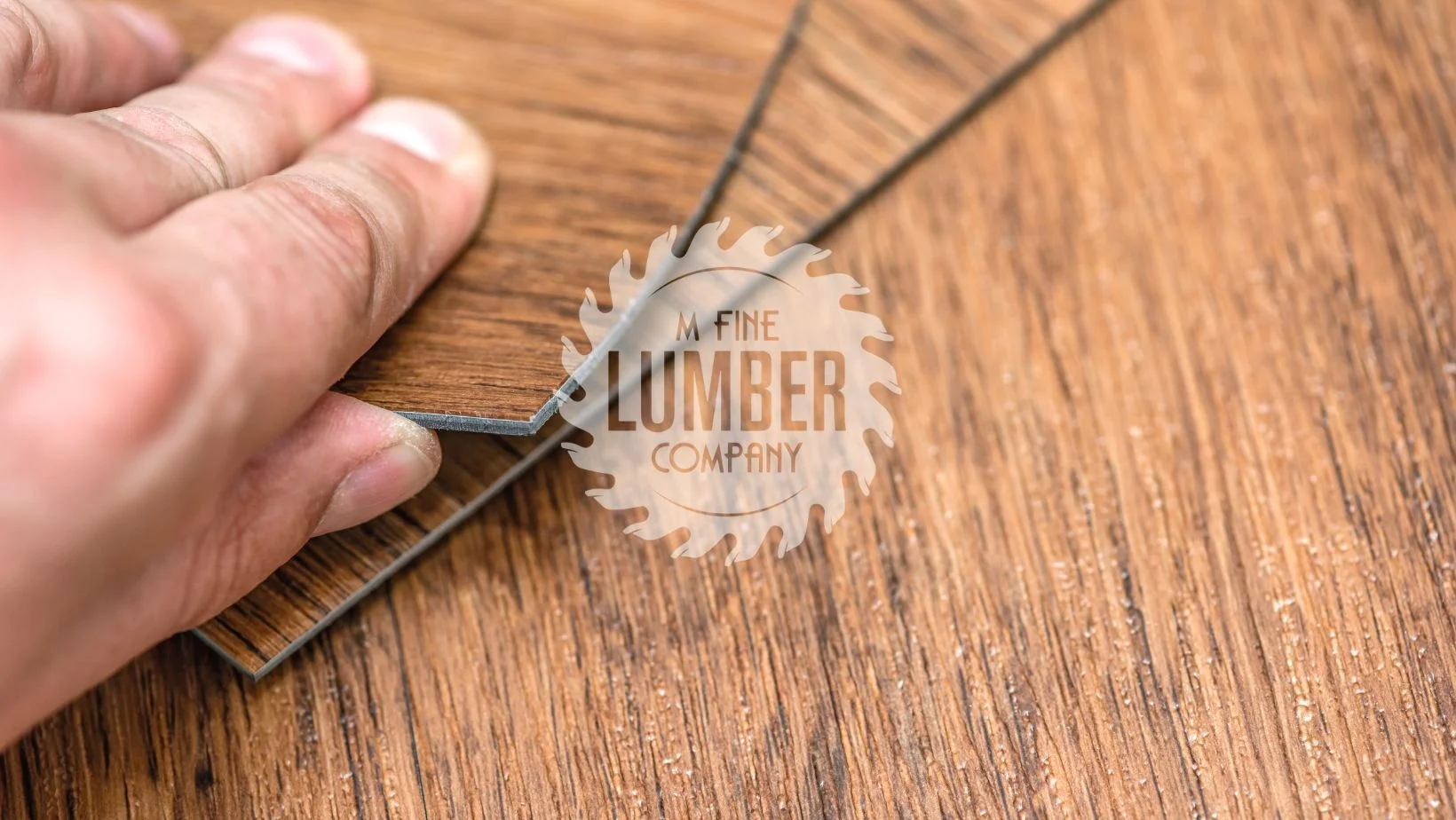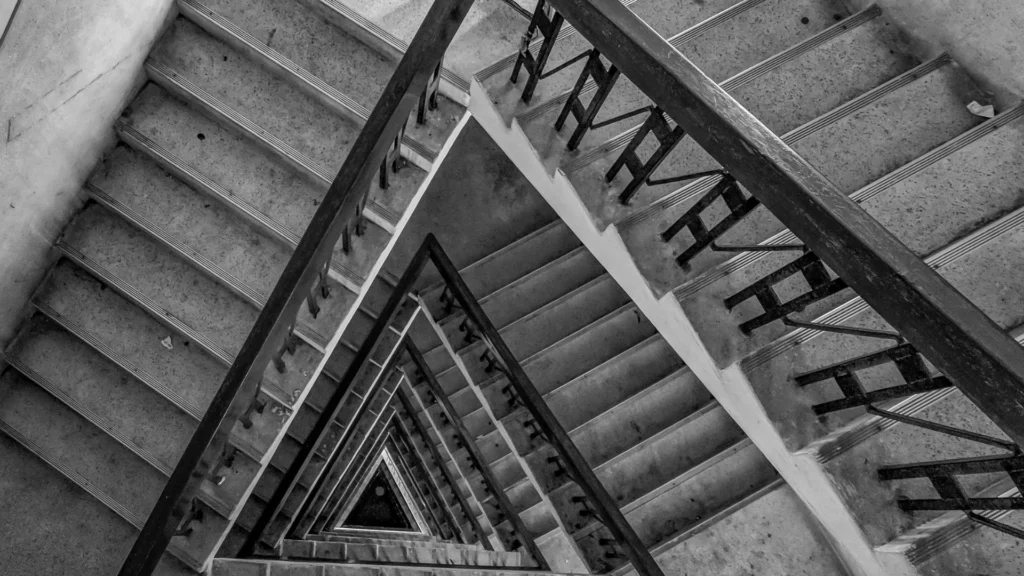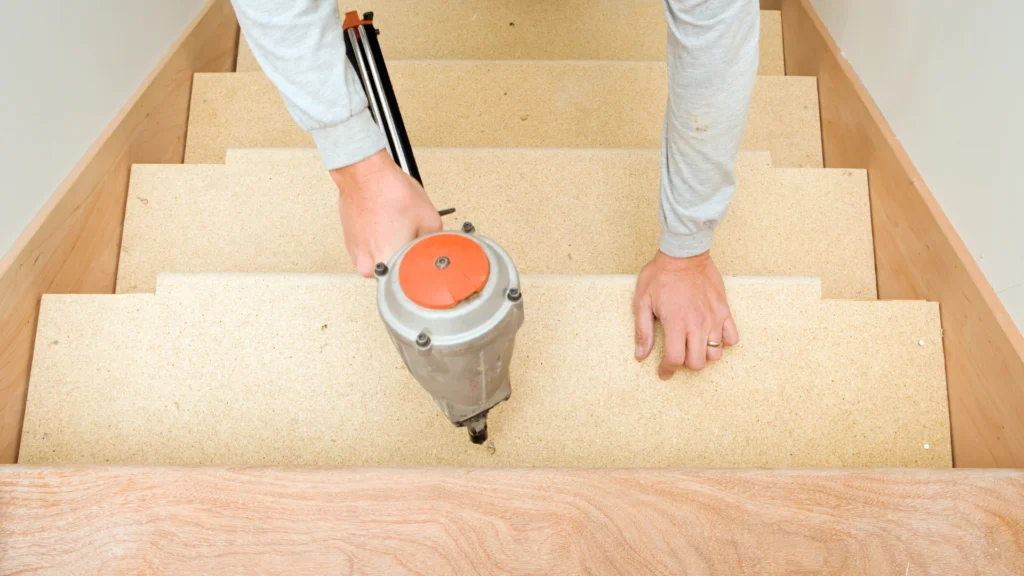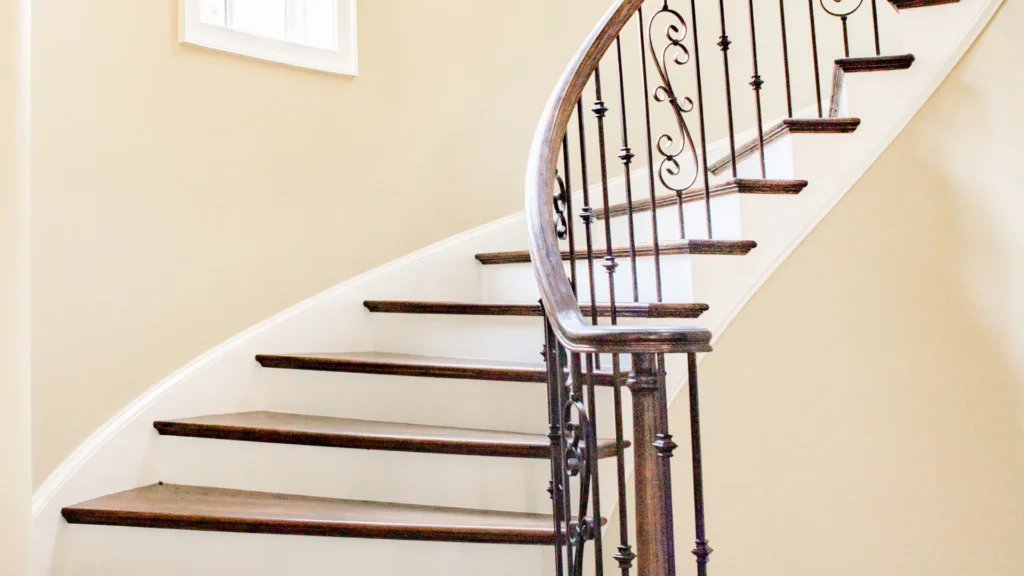
In any multi-leveled building, stairs provide unobstructed passage between the floors. Over the years, the horizontal surfaces we walk on, or stair treads, can eventually fall apart, be damaged, or break entirely. In addition to weakening the staircase’s integrity, broken stair treads are a tripping and falling hazard.
The causes and potential dangers of a damaged stair tread are discussed in this blog. To ensure the continued security and longevity of stair treads, we will also detail their detection, analysis, and correction. Whether you’re a homeowner or a manager of a business building, you have a responsibility to fix any damaged stair treads immediately.
Stair treads are susceptible to the wear and tear that is inexorably associated with the passage of time, continued usage, and exposure to the elements.
Stairs are frequently subjected to heavy use, which can lead to accidents. A broken stair tread can be the consequence of a dropped object, a misstep, or rowdy activity.

Repairing a broken stair tread doesn’t require a whole toolbox, but there are a few handy tools that you’ll need to get the job done. Here are the tools and materials:
– Screwdriver (to remove screws or nails)
– Pry bar (to carefully remove the damaged tread)
– Circular saw or hand saw (to cut a new tread if necessary)
– Drill (to create pilot holes for screws)
– Measuring tape (to ensure accurate measurements)
– Sandpaper (to smooth out any rough edges)
– Paintbrush (to apply finish or paint)
– Hammer (to tap the new tread into place if needed)
– Substitute tread (if the old one has worn out).
– Wood glue (to reinforce the tread’s connection to the stringers)
– Tread fasteners (such as screws or nails)
– Putty made from wood (to seal cracks and voids)
– Final nails (for reinforcement if needed)

Before you start any repairing, it’s important to take some precautions. Make sure you have a clear workspace, wear protective goggles, and work in a well-ventilated area. Additionally, ensure that you have the necessary tools and materials mentioned above.
To remove the damaged tread, start by using a screwdriver or pry bar to carefully detach any screws or nails holding it in place. Once the tread is free, gently lift it away from the stringers. Be cautious not to damage the surrounding steps or handrail during this process.
If the broken tread can be fixed, apply glue to the crack or broken areas and use clamps to hold the pieces together until the glue sets. If the tread is beyond repair, use the old tread as a template to measure and cut a new one. Use a circular saw or hand saw to make accurate cuts, and sand any rough edges.
Once the repaired or new tread is ready, position it in place and use a drill to create pilot holes. Secure the tread to the stringers using screws or nails. If needed, add additional support with finishing nails or wood putty to ensure a sturdy connection. Finally, sand any rough areas, apply paint or stain to match the surrounding steps, and let it dry completely.
Stair treads should be cleaned on a regular basis to maintain their condition. Get rid of the dust, filth, and debris that have settled inside the wood’s pores. To maintain their cleanliness, you can use a broom, vacuum, or moist towel. Make it a habit to check the stair treads on a regular basis for damage like cracks or loose fittings. The sooner problems are fixed, the less likely they are to cause additional harm or accidents.

Overall, fixing cracked stair treads is a safety and functionality investment. If we quickly identify and repair damaged threads, we can prevent accidents, maintain the stairs’ structural integrity, and keep everyone safe.
Avoiding stair tread hazards requires regular maintenance, inspections, and repairs. Resolving these concerns can give you peace of mind and ensure a safe, effective staircase for years.
